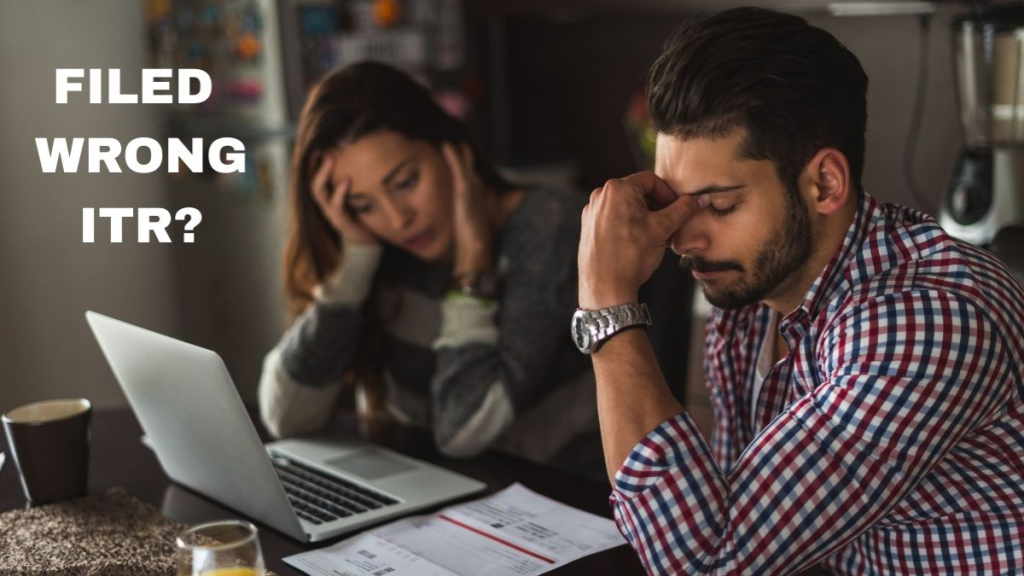For most taxpayers, filing an Income Tax Return feels like trouble, which leads to the most commonly made mistakes, like using the wrong ITR form or filling incomplete information. Mistakes like these then lead to a rise in ‘defective return’ notices under Section 139(9) of the Income Tax Act. But there is a way to avoid this, and for that, we are here to help you.
Although the system now has tighter checks on the filed ITR forms, the mistakes still happen, which eventually leads to delayed refunds, heavy penalties and of course, extra stress for taxpayers.
Let’s first understand, how wrong ITR forms can backfire
If you end up filing the wrong ITR form, it is advisable that you don’t panic, because the Income Tax Department lets you file a revised return, and there’s no limit on how many times you can correct it in a financial year. However, the Income Tax Department usually sends a notice giving you 15 days to fix your mistake.
However, if you ignore the notice, then your return can be considered as not filed at all, which can mean penalties and also blocking of refunds.
Here’s another catch: if the tax authorities find that you’ve purposely hidden income or tried to evade tax, the penalty can be massive, which could be anywhere between 100% and 300% of the unpaid tax. Since ITR forms keep changing every year, it’s up to you to make sure you’re using the right one for your situation.
Five steps to fix ‘defective ITR returns’
1.If your original return hasn’t been processed yet, then you can log on to the e-filing portal and click on the ‘revised return’ option under the Section 139(5). Then carefully enter your details and correct the mistake using the right form.
2. Your revised return should be e-verified within 30 days and this will require usage of your Aadhaar OTP, net banking, or digital signature. This is a crucial step, because if you miss it, then your return can actually become invalid.
3. If your return has already been processed, there’s no need to fret because small errors can still be corrected through a rectification request under Section 154. This can be done by clicking on the ‘Rectification’ tab on the portal. If you are facing harder, much complex issues, it’s better to consult a tax professional.
4. Whatever revisions and rectifications you make in your ITR forms, they need to be submitted before the end of the assessment year or before the original return is processed.
5. If you get a defective return notice, you are supposed to respond to it within 15 days and if you end up ignoring it, then your return could become invalid. In case you need more time to respond, request for an extension through the portal.
Last minute ITR tips
As you know by now, filing the wrong ITR form can actually lead to bigger problems if it is not fixed in time. Acting promptly with a revised return, prompt e-verification, and timely rectification helps save refunds and avoid penalties. For complicated cases like foreign income, late filing, or business income, getting expert advice is always a wise move.

